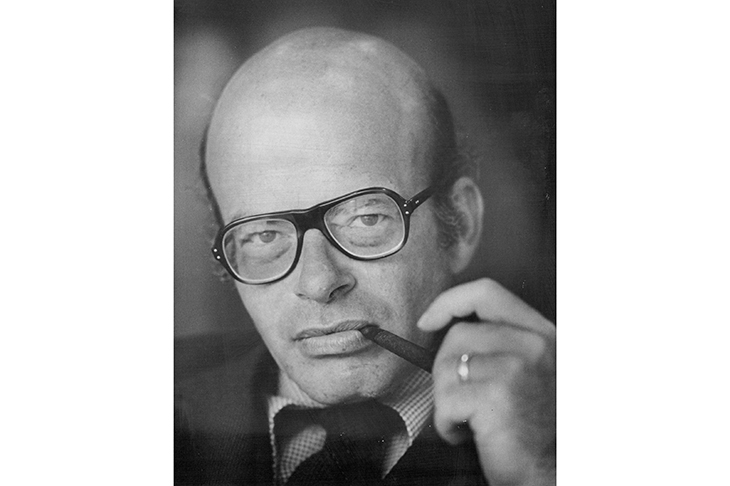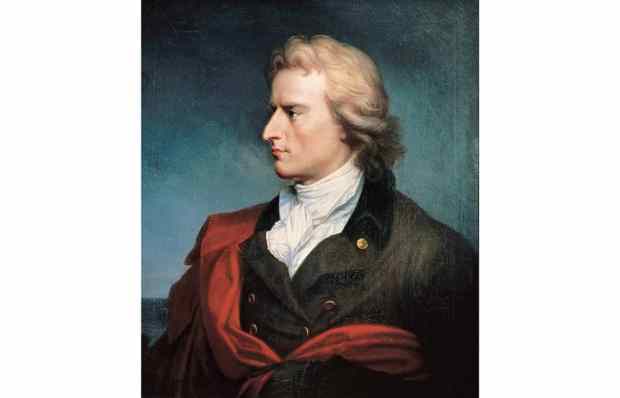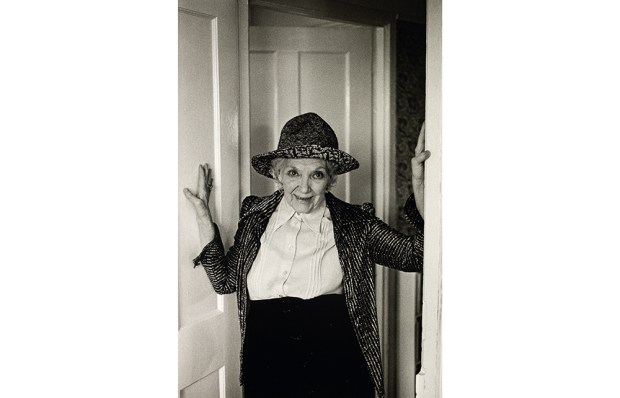In January 1973, Science (along with Nature, the most influential general science journal in the world) published an article that immediately captured major media attention. David Rosenhan, a Stanford social psychologist, reported that eight pseudo-patients had presented themselves at a variety of mental hospitals, 12 in all, complaining that they were hearing voices saying ‘hollow, empty and thud’, but otherwise behaving completely normally.
Already a subscriber? Log in
Get 10 issues
for $10
Subscribe to The Spectator Australia today for the next 10 magazine issues, plus full online access, for just $10.
- Delivery of the weekly magazine
- Unlimited access to spectator.com.au and app
- Spectator podcasts and newsletters
- Full access to spectator.co.uk
Or
Unlock this article
You might disagree with half of it, but you’ll enjoy reading all of it. Try your first month for free, then just $2 a week for the remainder of your first year.














Comments
Don't miss out
Join the conversation with other Spectator Australia readers. Subscribe to leave a comment.
SUBSCRIBEAlready a subscriber? Log in